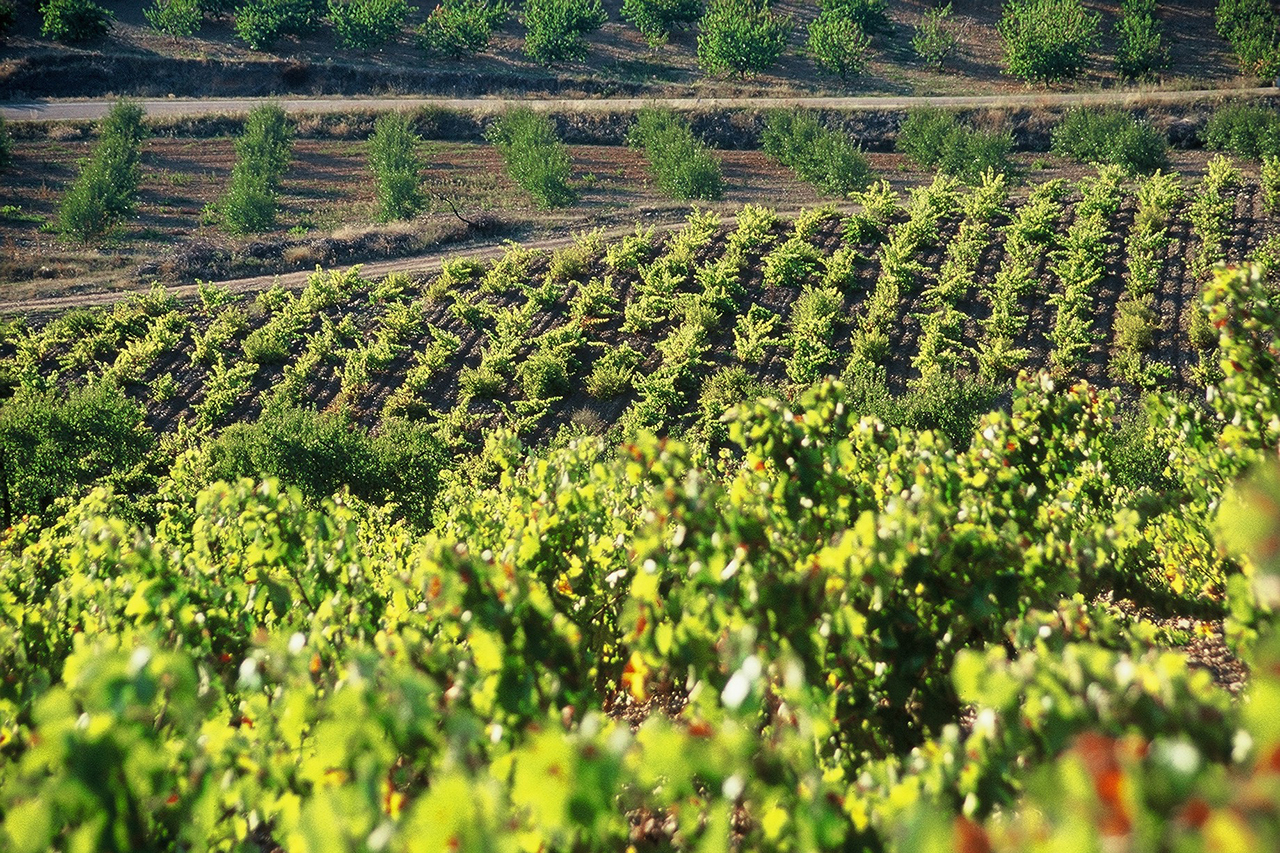

Scientific studies into the origin of Garnacha indicate that it most likely originated in Aragon, the ancient Spanish kingdom between […]
Keep ReadingScientific studies into the origin of Garnacha indicate that it most likely originated in Aragon, the ancient Spanish kingdom between Catalunya to the east and Castilla to the west. From there, it spread throughout the rest of Spain and up along the Mediterranean coast. Heat-loving and drought-tolerant, it is perfectly adapted to the generous climate of the Mediterranean, only giving way to the even more heat-loving Monastrell as you move south into Valencia and Murcia. It can make for gregarious or serious drinking depending on where it is grown, the age of the vines, and when it is picked. It is capable of making pale, vibrant, and thrilling wines like those from the Sierra de Gredos, dense wines with rich flavors like in the Priorat, and everyday pleasurable wines such as those that come from its place of birth – Calatayud, Carineña, and Campo de Borja.
Calatayud is a relatively innocuous and rural region of Spain. As far as the eye can see, the hills and plains are blanketed by a patchwork of head-pruned Garnacha vineyards, olive, and cherry orchards, and fields of grain. Just to the north of Calatayud are Campo de Borja, Navarra, and Rioja Baja, so this sea of Garnacha is a small part of a more expansive ocean. Much of the inexpensive and pleasurable Garnacha sold in the US comes from these regions in Spain, and Eric Solomon was an early pioneer and proponent.
Years ago, Eric Solomon met Jean-Marc Lafage and Yolanda Diaz while working on a project in Calatayud. Yolanda is a native of the region and knows the terruño of Calatayud better than anyone. At the time, Jean-Marc Lafage hadn’t reestablished Domaine Lafage in French Catalunya but was already a promising and talented winemaker and consultant. Together, they “discovered” a unique place within Calatayud, a high and arid plateau between the villages of Acered and Atea and bordering the Sierra de Santa Cruz. At 1000 meters above sea level, this is the highest part of the DO of Calatayud. Even more interesting is that the soil here is pure schist, the same soil one can find in the Priorat and Maury, where Jean-Marc was born and made his first wines under the guidance of his grandfather. This unique terroir and the old vines of Garnacha rooted in it are the origins of Evodia.
Close
Garnacha vineyards in Atea, in summer
Old vines in El Rayo, Atea
Spring in Atea
View from El Rayo vineyard in Atea, fertile ground reserved for grains, rockier terroir for vines and orchards
Hermitage of Santa Cruz
View of Acered from Valeriano's vineyard above the village
Valeriano Carrascas' vineyard in Acered
View of the Sierra de Santa Cruz
Vineyard on the northwestern edge of Acered bordering Alarba
Yolanda Diaz, managing director of the Cooperative San Alejandro and partner in Evodia
Valeriano, a grower in Acered, Juan, the winemaker and Jorge, his assistant
Assistant winemaker Jorge Temprano, a native of Calatayud
The Evodia barrel room, most of the wine ages in tank












